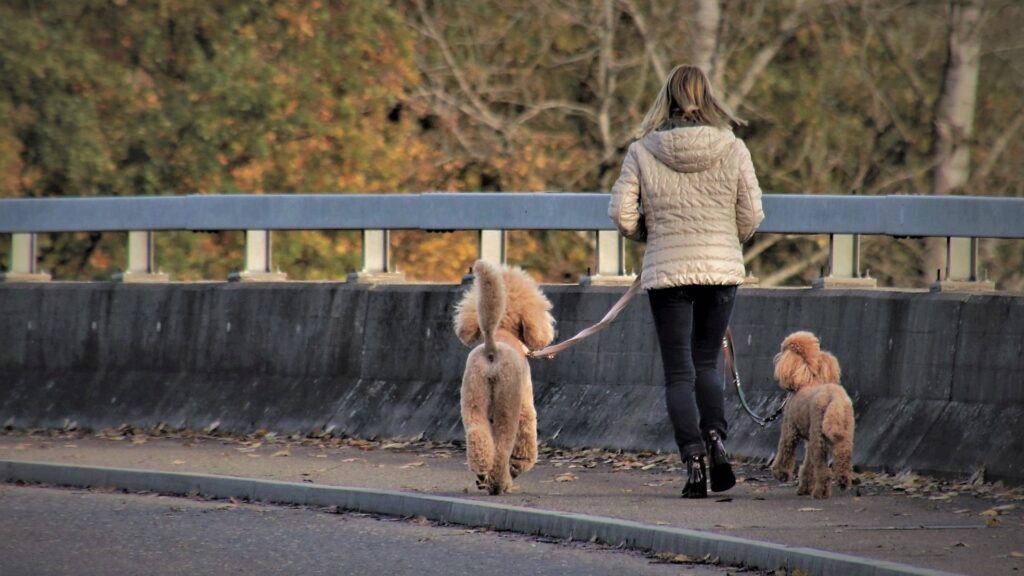For the dog to go outside safely, it must be trained to walk on a leash. Love for walking and running is natural for dogs, especially when they are outside, but it's not natural for them to be restricted in their movement. It will take some time for the puppy or dog to get used to the leash, but we must be persistent and exercise with them daily for their safety.
SAVET ZA IZBOR OGRLICE I POVOCA
Collars must be modified to suit the age and size of the dog. We must pay attention to adjusting the length of the necklace. It can't be too tight or too loose for the dog. Regardless of whether you decide to put a collar or harness on your dog, it needs to be the right size. When the dog gets used to the collar it will take time to accept the harness and vice versa.
The type, length, and width of the leash should be adapted to the size and character of the dog. Various leashes are offered on the market: nylon, leather, braided, metal, and even retractable leashes, and the advice is to choose a quality leash up to 2 meters long.
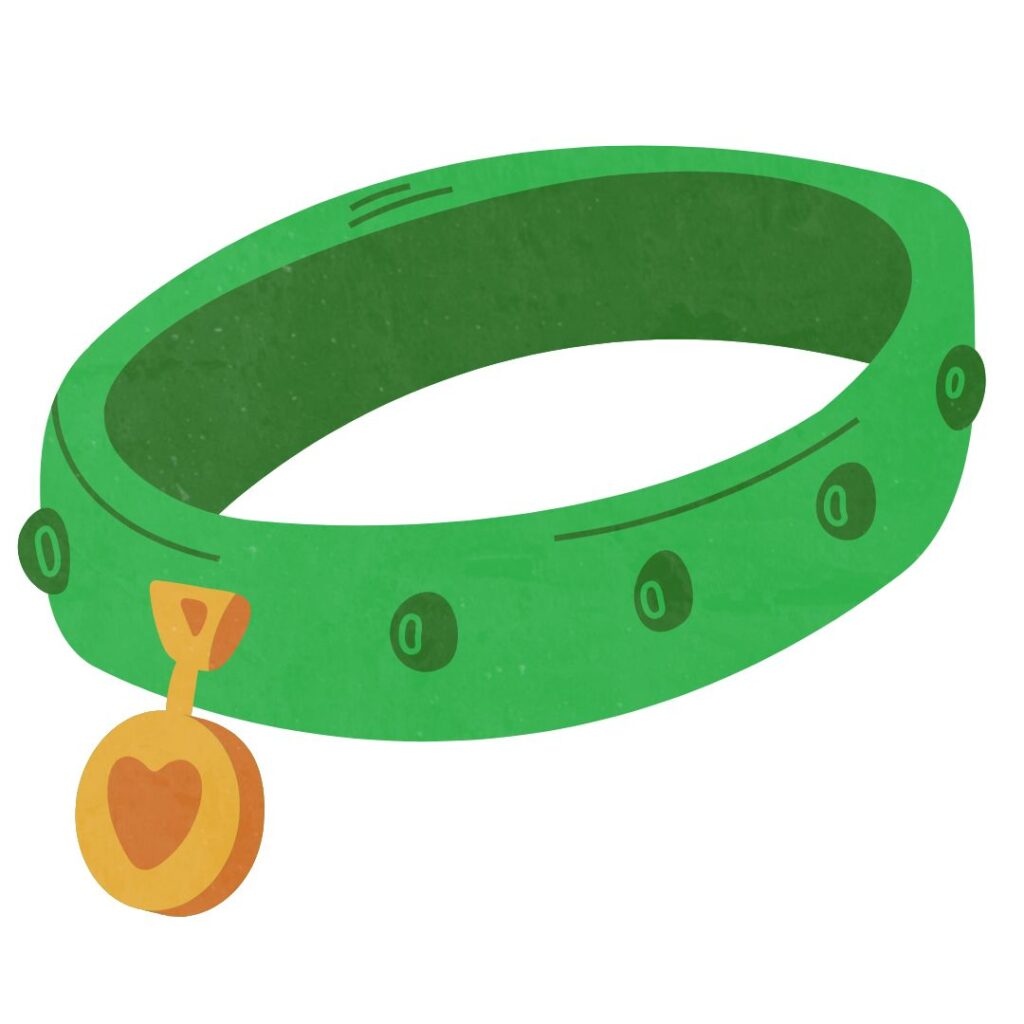
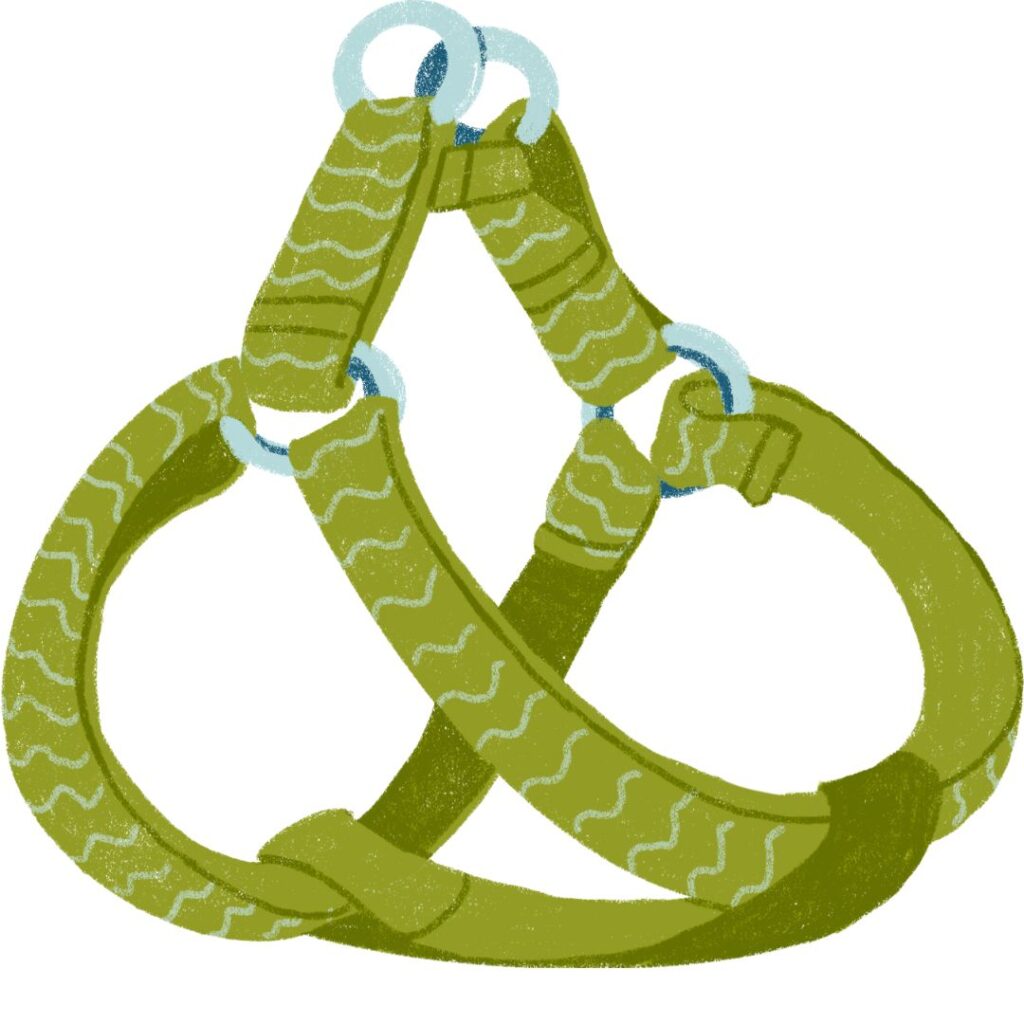
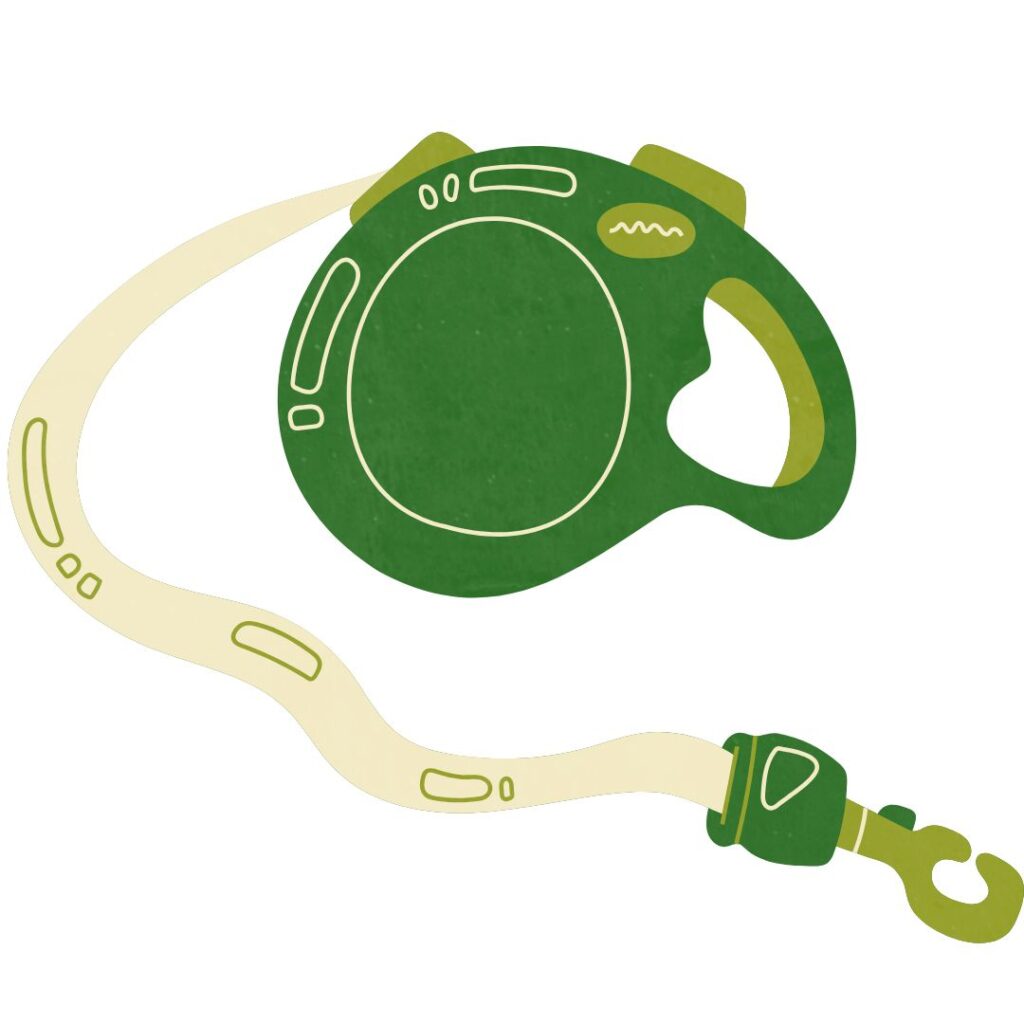
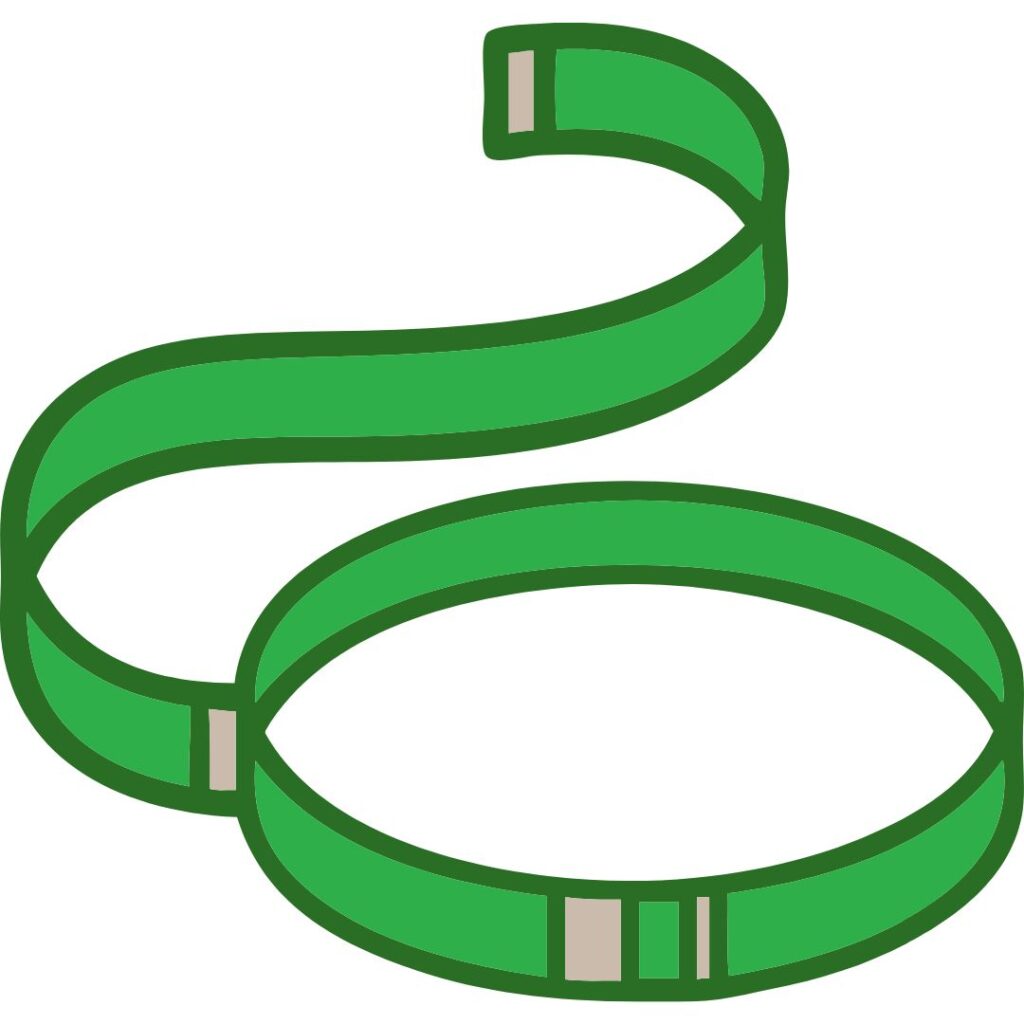
BEGINNING OF TRAINING
We should start with training after the dog arrives in the family, i.e. before it starts going outside. Once you've adjusted the collar to the right size, gently put it around your dog's neck and watch its reaction. If the dog calmly accepts a new object on its body, praise it, and if it starts rebelling, warn it.
Only after the dog gets used to wearing the collar you can start attaching the leash to it for a short time. Allow your pet to walk and drag its leash across the floor, just make sure it doesn't get caught on any furniture. In the game, you can take the other end of the leash and slowly start teaching the dog to walk in the direction you want. Repeat this exercise every day for 15-20 minutes. If the dog starts to bite the leash, jump around, or refuse to walk by your side, warn him and show him how to behave. When he starts to listen, be sure to reward him with a treat and a kind word.
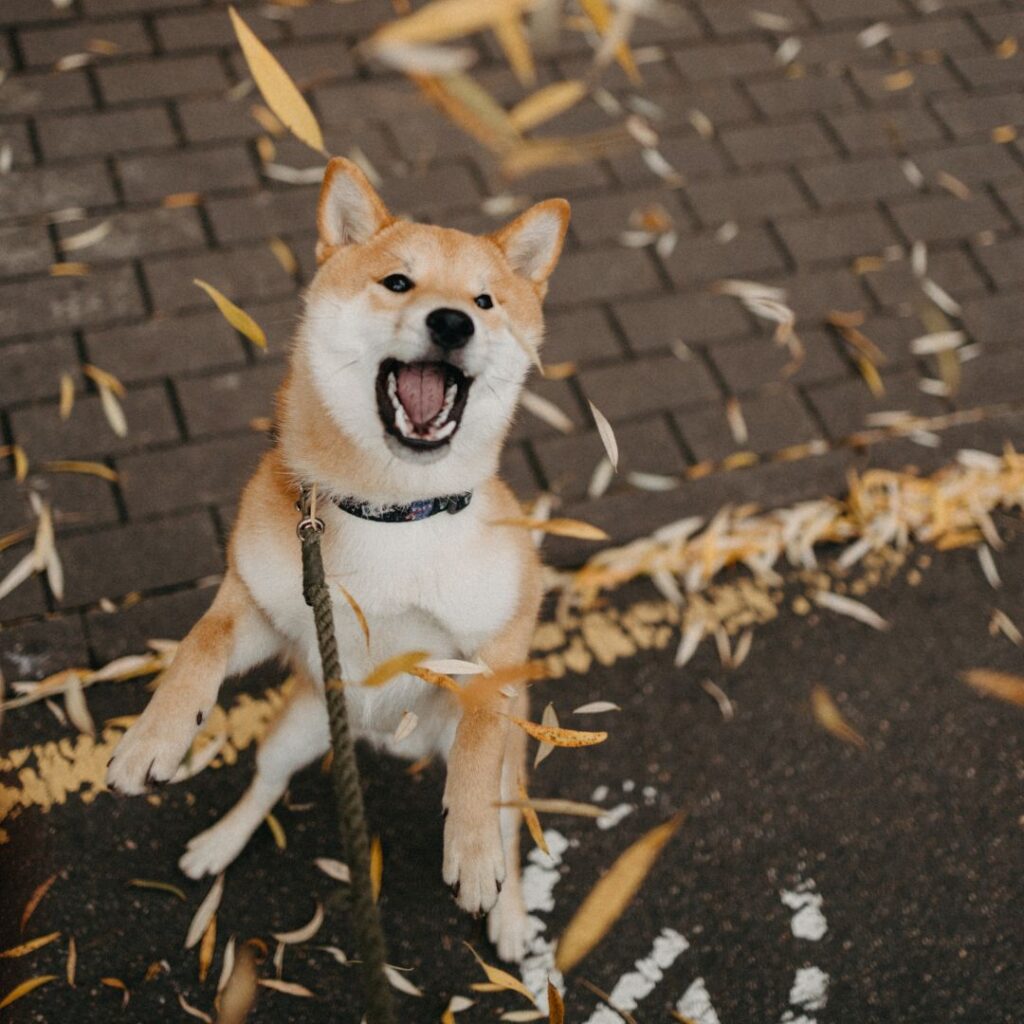
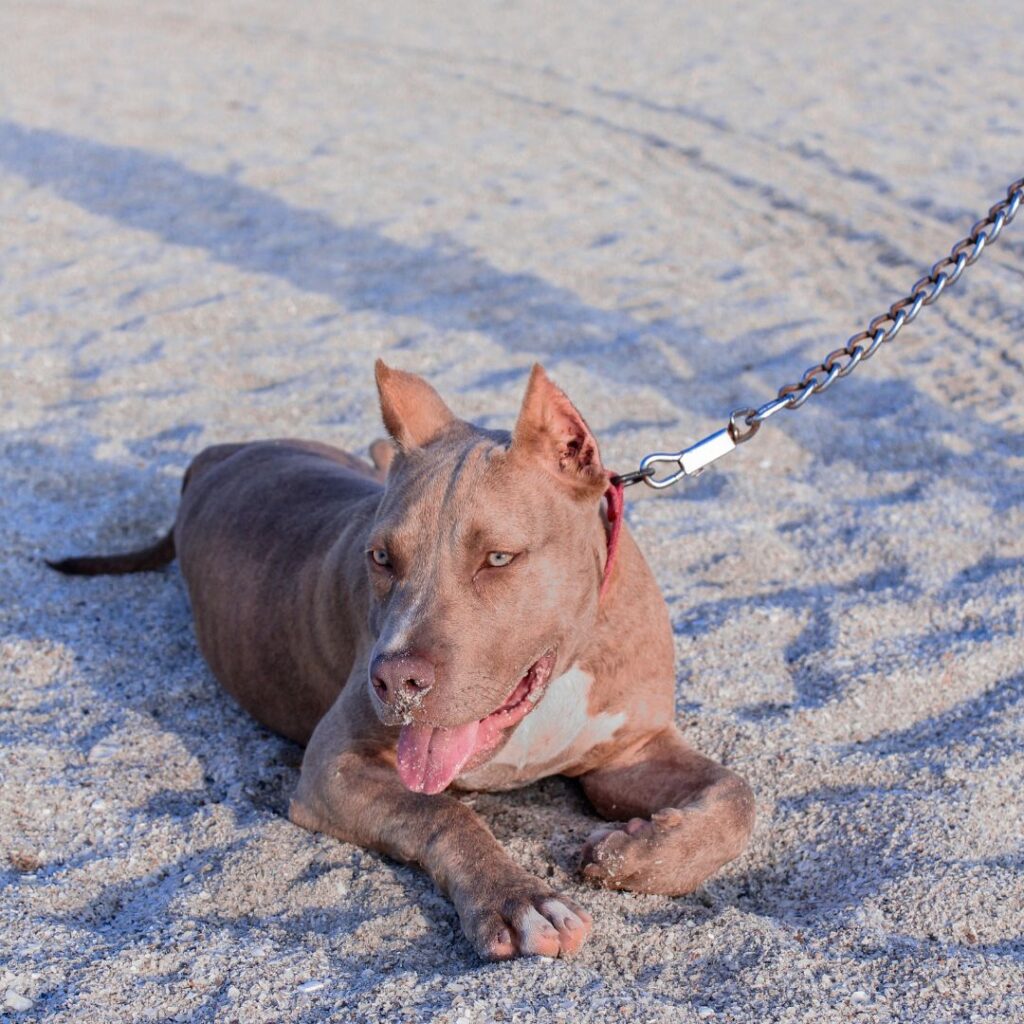
Not all dogs will react to the leash in the same way, so we will apply the technique according to their behavior, with which they will master this training the fastest. Most dogs rebel when they first come into contact with a collar and leash. Some don't want to move, sit, and refuse to walk, and some jump, pull the leash, and don't respond to our commands. In both cases, we should be calm and slowly practice with them.
HOW TO TEACH THE DOG TO WALK ON A LEASH IF IT'S PULLING IT

Energetic and curious dogs jump and "fight" the leash because they can't move freely. Wait for the dog to calm down and with a short command start walking slowly and leading the dog in the direction you have chosen. Instead of words, you can use a clicker for dog training or a pat on the thigh to let the dog know to walk with you. The leash should be short, and when the puppy gets used to walking with you, gradually relax it.
HOW TO TEACH THE DOG TO WALK ON A LEASH IF IT DOESN'T WANT TO MOVE
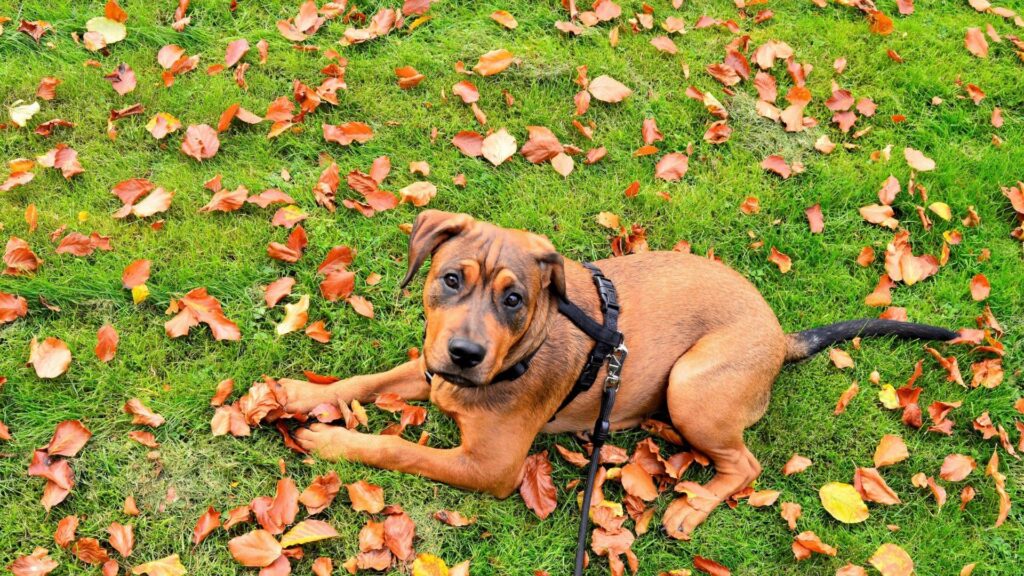
If the dog sits down and doesn't want to move, it means that it's either scared or stubborn and doesn't want you to determine the direction of its movement. Arm yourself with patience and start with training slowly.
Hold the leash and move a little bit away from the dog. Call the dog to come to you and when it does, be sure to reward it. A favorite toy or treat will be helpful for it to approach you more easily. Lead the pet around the house or apartment where it is used to staying and where it feels safe so it can get rid of its fear easily. Only when it starts walking free with the leash, start training him to walk by your side.
GOING OUTSIDE
Only when the dog has mastered walking on a leash at the home you can go outside with it. Countless sounds, smells, and unknown areas will be a real challenge for the dog to master obedience and walk in step with you. Calmly allow it to smell the ground and get rid of its fear of the unknown. For the first few times, let it walk on its own and sniff around, but don't let go of the leash. Progressively start teaching him to walk with you in the direction you choose. Keep the commands the same as they were on the home walk, whether they were words, a dog training clicker, or a pat on the thigh.
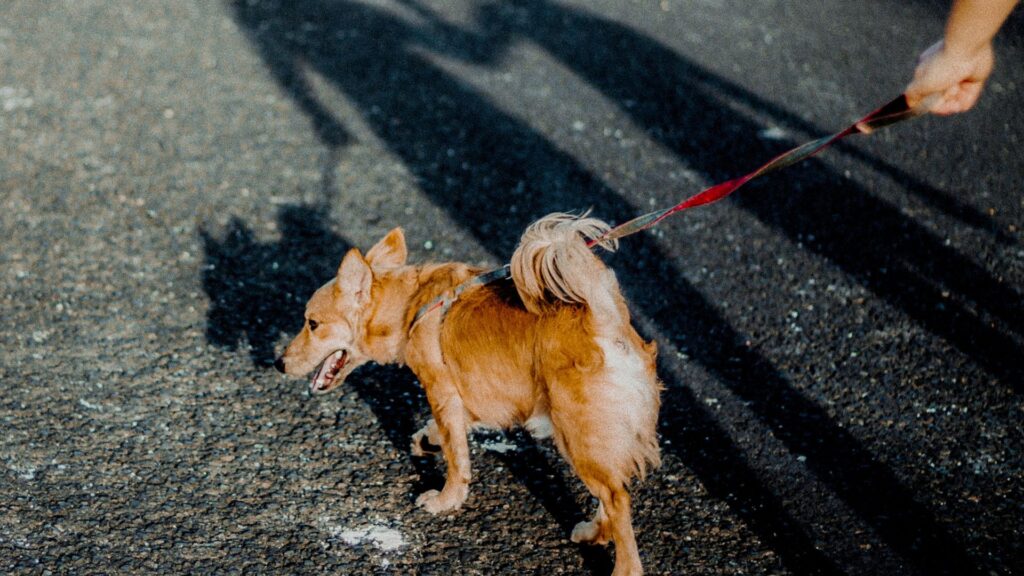
Dogs move faster than us, so the first few days you will need to walk a little faster, and over time you will adjust the walk to your pace. You shouldn't allow the dog to pull you and walk or run in front of you because such a walk will exhaust you. Patiently work with the dog and teach it to adapt to you. Don't skip the reward when it does what you expect it to do because dogs learn best with praise.
The effort we make to teach a dog to walk on the leash will be rewarded many times over, because long walks with a pet have a beneficial effect on our psycho-physical health.
